Kids often struggle with the concept of time, especially when it comes to reading an analog clock. As a parent, you might find it challenging to explain how the big and little hands work together to show the time.
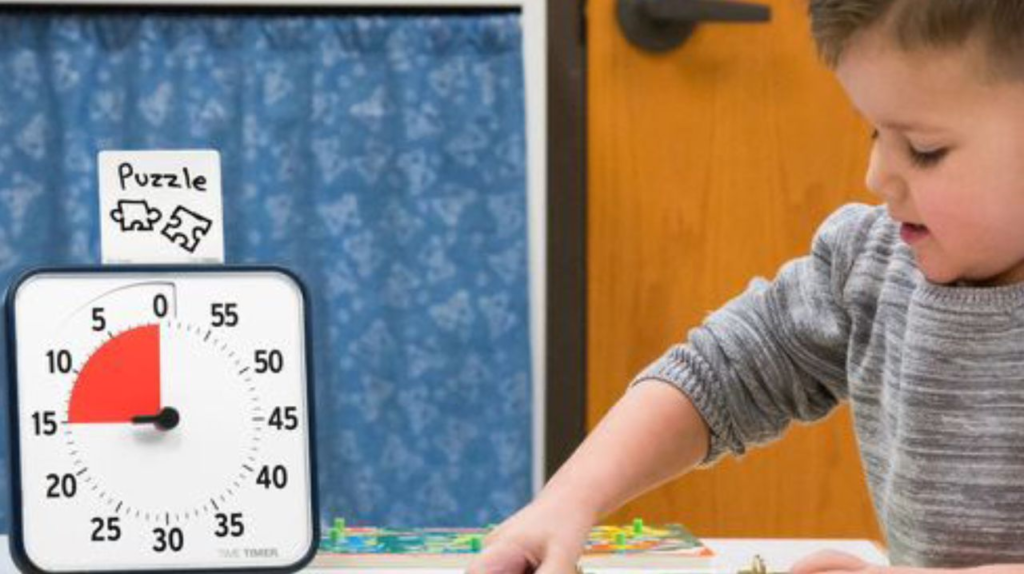
Source: Pinterest
If you feel this way, you’re not alone! Many parents face the same problem. But don’t worry, with a few simple techniques, you can help your child understand and master telling time. Let’s explore some basic concepts and fun ways to teach your kid this crucial skill!
Basic Clock Concepts
An analog clock has numbers from 1 to 12, representing the hours. Each hour is divided into 60 minutes, shown by small lines around the clock. The short hand points to the hours, and the long hand points to the minutes.

Source: Pinterest
For example, if the short hand is on the 2 and the long hand is on the 12, it’s 2:00. Things get tricky when the short hand is close to the next hour. For instance, at 2:50, the short-hand is near the 3, but it’s still 2:50. Understanding these basics is the first step.
Connect Time to Daily Routine
One effective way to teach kids about time is by connecting it to their daily activities. Explain how long different tasks take, like playing with a toy for 10 minutes. Use a timer to help them see how quickly or slowly time passes.

Source: Pinterest
You can also create index cards for their morning or evening routine. Have them put the steps in order, so they understand what happens when and how long each step should take. Making time relatable helps kids grasp its importance.
Use Familiar References
Kids understand time better when you relate it to things they know. You can use TV shows as a reference. For example, if dinner is in 22 minutes, you can tell your kids it’s the same length as one episode of Octonauts.

Source: Pinterest
This makes it easier for them to understand how much time is left. It’s a fun and relatable way to help them grasp the concept of time.
Try The Pipe Cleaner Hook Trick
To help kids understand the hour hand, you can use a simple trick. Attach a pipe cleaner shaped like a hook to the short-hand of the clock. Even as the hand moves closer to the next hour, the pipe cleaner will show that it’s still pointing to the current hour.

Source: Pinterest
This visual aid helps kids see which hour it really is, reducing confusion. It’s an easy and effective way to make learning time fun.
Pizza Time Method
Many teachers use the pizza method to teach time. Imagine the clock as a pizza, with each slice representing five minutes. Let your child color each slice or draw their favorite toppings on it.
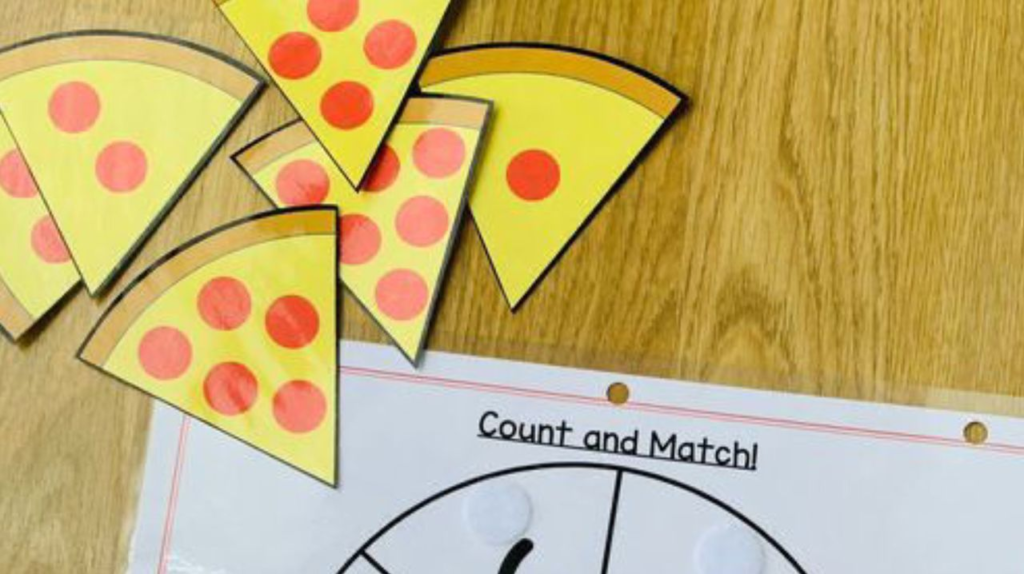
Source: Pinterest
This visual breakdown helps them understand that the hour hand doesn’t always point straight at the hour number. Instead, it moves through the slices, showing how minutes add up. This method makes learning interactive and fun!
Solve a Time Puzzle
Time puzzles are a fun way to practice telling time. These puzzles have four pieces: one with the time written out, one with an analog clock, and two with time phrases like “half past three.”
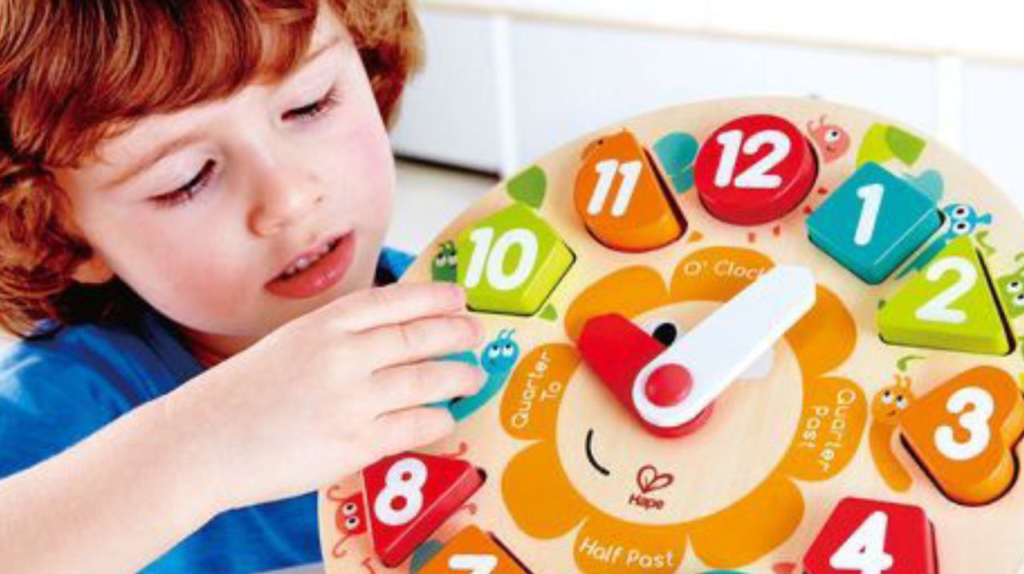
Source: Pinterest
Solving these puzzles helps kids match the written time with the clock and phrases, helping them learn better. After completing a few puzzles, your child will be more confident in telling time!
Play Clock Bingo
Clock Bingo is a game that makes learning time fun. Each player gets a sheet with different times drawn on it. As you read out the times, they mark them off on their sheet.
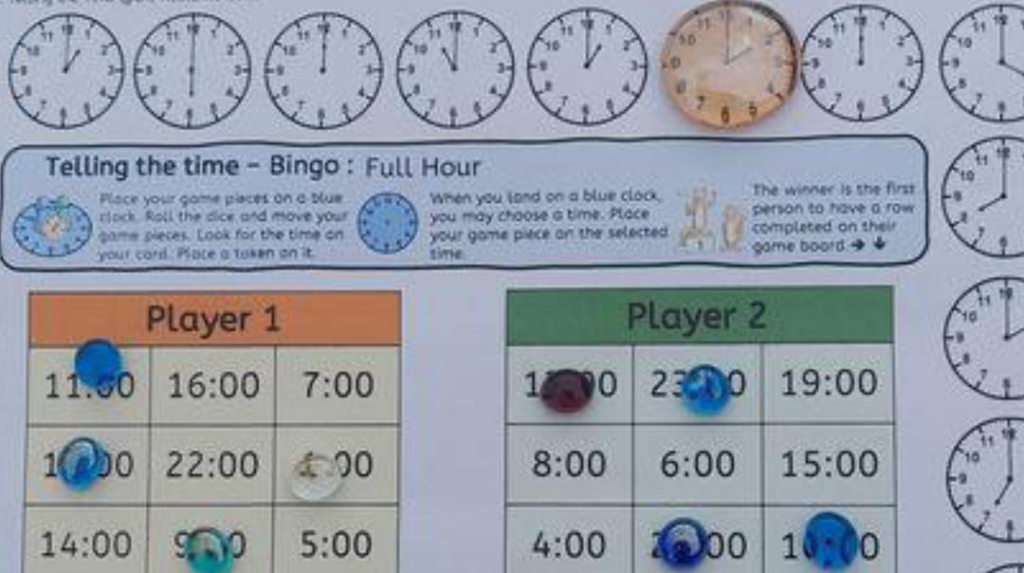
Source: Pinterest
The first player to mark off all their times wins. You can adjust the game to focus on hours, half-hours, or 15-minute intervals. Playing games like Clock Bingo turns learning into an enjoyable activity, helping kids learn without feeling pressured.
Use a Visual Timer
Visual timers are great tools for helping kids understand time. These timers show the passage of time in a visual way, often with a colored section that gets smaller as time runs out.

Source: Pinterest
Use them for activities like reading, playing, or getting ready in the morning. Seeing time disappear helps kids understand how long they have left for a task.
Create a Time-Telling Chart
Creating a time-telling chart can be a helpful tool for kids. Draw a large clock face on a poster board and label it with both the hour and minute marks. Use different colors for the hour and minute hands. Write down key daily activities next to the corresponding times on the clock.
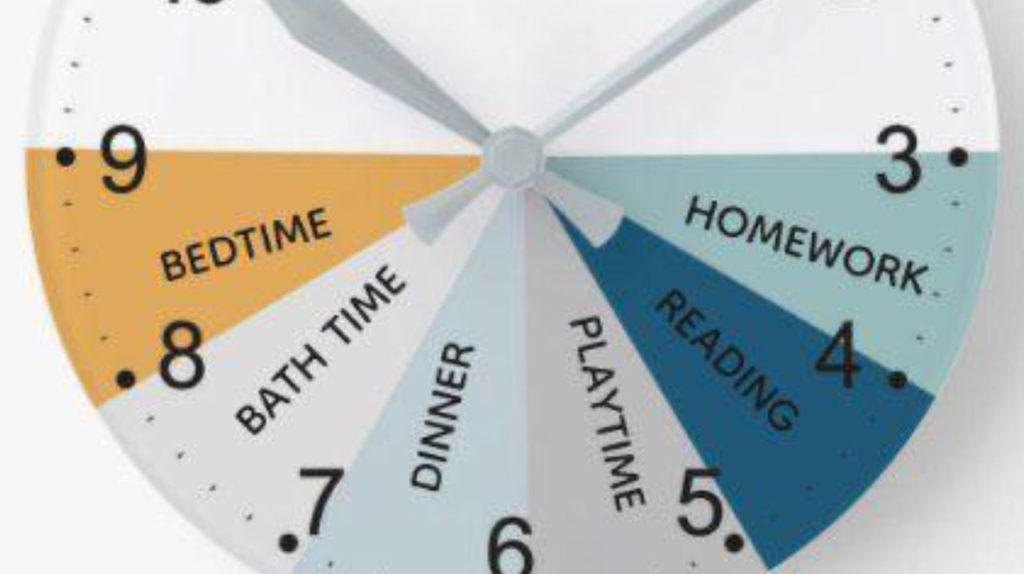
Source: Pinterest
For example, you could mark the time for breakfast, school, playtime, and bedtime. This visual aid helps kids see how their day is structured around specific times. Reviewing the chart together daily reinforces their understanding of how to read a clock and manage their time effectively.
Go-Time!
Teaching your child to tell time doesn’t have to be difficult. By using these simple and fun methods, you can help them understand and enjoy learning about time. Connect time to their daily routine, use familiar references, and incorporate games and puzzles to make learning interactive.
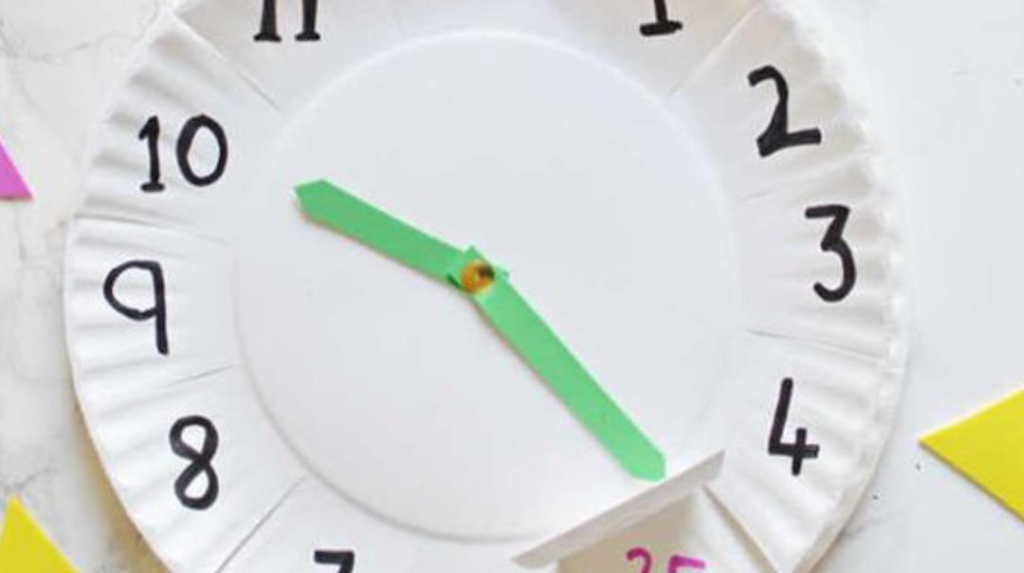
Source: Pinterest
With patience and practice, your child will soon master the skill of telling time in no time. Happy teaching!